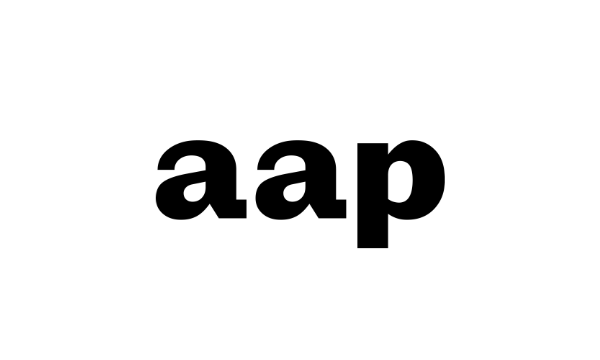
Nvidia weathered a storm of tariff uncertainty and export controls to exceed Wall Street’s lofty expectations for sales when the AI chip behemoth reported quarterly earnings Wednesday. The hit to profits and margins came in worse than expected, however.
Revenue increased 69% from the same period last year to $44.1 billion, surpassing the Street’s projection of $43.3 billion, per Visible Alpha. Profits came in at $18.8 billion, though, falling from $22 billion last quarter and missing the $19.5 billion mark analysts expected. That meant Nvidia posted diluted earnings per share of $0.76, down from $0.89 last quarter and below the projected $0.79.
“Global demand for Nvidia’s AI infrastructure is incredibly strong,” CEO Jensen Huang said in the earnings release.
“Countries around the world are recognizing AI as essential infrastructure—just like electricity and the internet—and Nvidia stands at the center of this profound transformation,” he added.
The top-line results allowed investors to breathe a sigh of relief. Shares jumped over 4% to hit the $140 mark in extended trading Wednesday evening.
Will Rhind, founder and CEO of ETF issuer GraniteShares, told Fortune the results assured traders that the AI trade remains intact.
“And I think that’s, at the end of the day, what the bulls wanted to see,” said Rhind, whose firm manages leveraged and inverse ETFs for Nvidia and other companies.
Nonetheless, gross margins dipped to 60%, falling below the 66% figure Wall Street had feared. Last quarter, CFO Colette Kress said the company expected margins to be in the low 70s to start the year as Nvidia continues to ramp up its next-generation Blackwell offering.
Meanwhile, new restrictions on China chip sales will continue to hit revenue going forward. The company said it expects sales in the current quarter to come in at $45 billion, below the Street’s $46 billion projection.
Dave Wagner, portfolio manager at Aptus Capital Advisors, told Fortune he thought revenue guidance of $45 billion or higher would keep most investors in the stock. For the first time since the company stormed to prominence, he said before the call, it felt like Nvidia had a relatively low bar to clear.
“Sentiment seems a little bit lower,” he said.
Scott Acheychek, the chief operating officer of Rex Financial, agreed that investors entered Wednesday’s print guarded.
“I feel like nobody wanted to believe that it could be good,” he told Fortune after the earnings release.
As Nvidia emerged as the first major darling of the AI boom—competing with Apple and Microsoft for the title of the world’s largest company by market capitalization—the company’s earnings calls became highly anticipated events for institutional and retail investors alike.
Some of that buzz may have eased, however, as the stock’s breakneck growth has waned. After skyrocketing 239% and 171% in 2023 and 2024, respectively—accounting for more than a fifth of the S&P 500’s overall gain last year—Nvidia shares entered Wednesday’s earnings down slightly year to date, trading just short of the $140 mark. They had climbed more than 40%, however, after plunging to as low as $94 amid President Donald Trump’s chaotic tariff rollout in early April.
Trade policy uncertainty is still hanging over the company. On April 9, the Trump administration told Nvidia it would require an export license for the H20 chip, a watered-down product the company specifically designed to comply with U.S. restrictions. Nvidia got caught a little blindsided, Thomas Martin, a partner and portfolio manager at Globalt Investments, told Fortune before the earnings call.
“Whether there’s a market for them in China under this administration at all is a reasonable question,” he said.
Nvidia said Wednesday it took a $4.5 billion charge to its inventory, slightly better than the $5.5 billion expected hit it had announced in April. The company said its guidance for the current quarter reflected a projected $8 billion loss in H20 revenue.
With that in mind, Wednesday’s results appear all the more impressive.
“I still think with this company being at the epicenter of AI demand and positive commentary about Blackwell’s shipping, that’s all that investors care about,” Logan Purk, a senior tech analyst at Edward Jones, told Fortune.
Regardless, Nvidia is still the bellwether of the AI trade, and Huang has continuously touted ravenous demand for its new Blackwell infrastructure. Both tariffs and the surprise success of Chinese AI startup DeepSeek, which sparked questions about the seemingly insatiable demand for greater processing power, have yet to dent the AI spending wave, with Big Tech set to splash roughly $320 billion on capital expenditures this year.
For now, that means companies continue to jostle to be first in line for the latest and greatest of what Nvidia has to offer.







